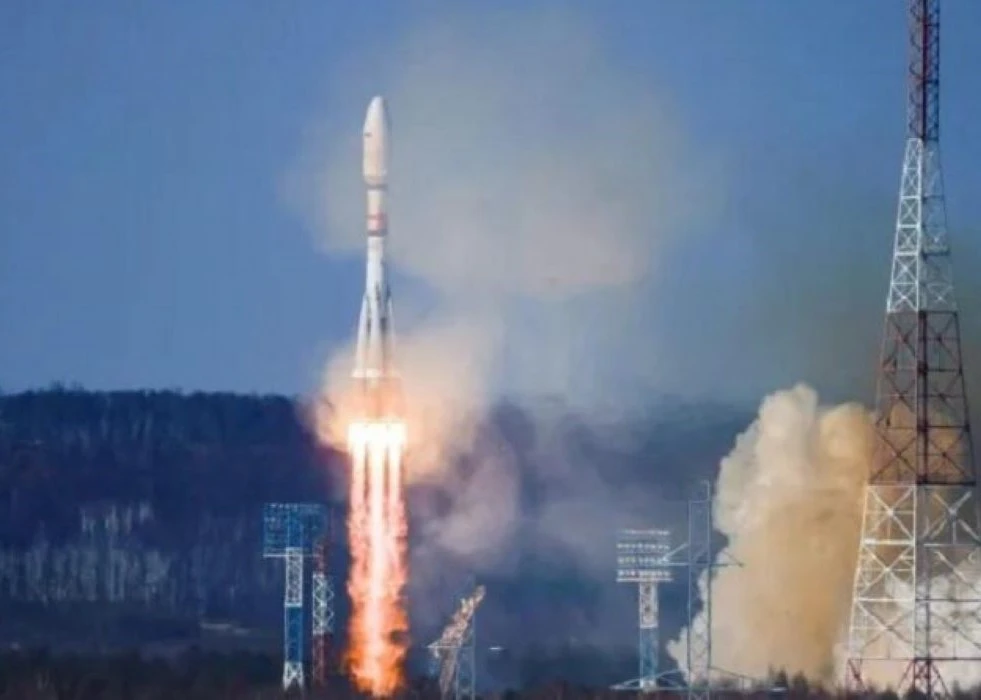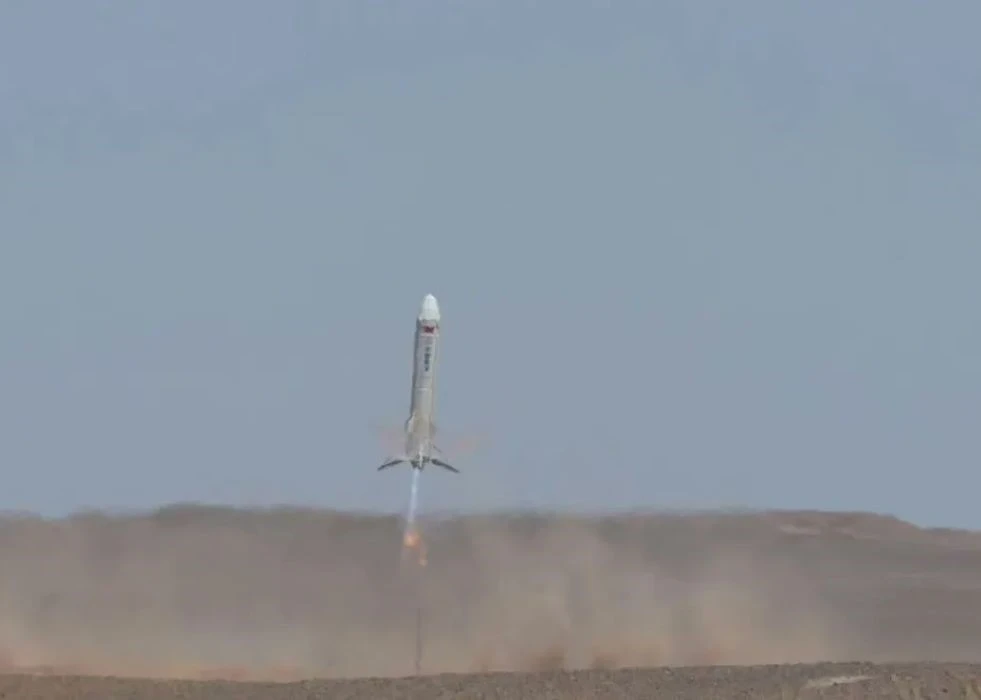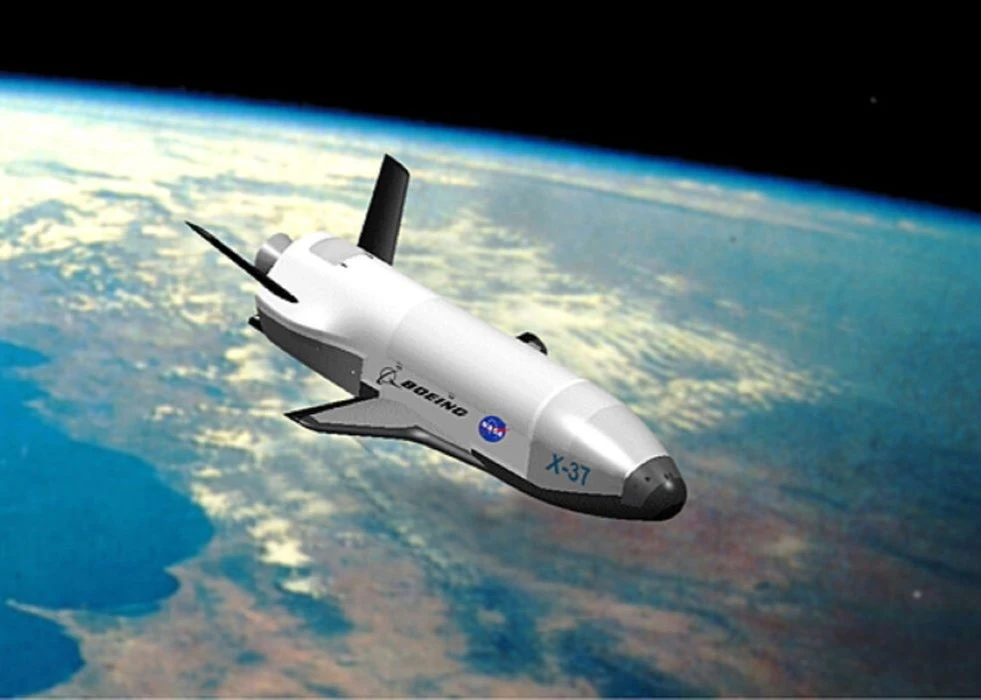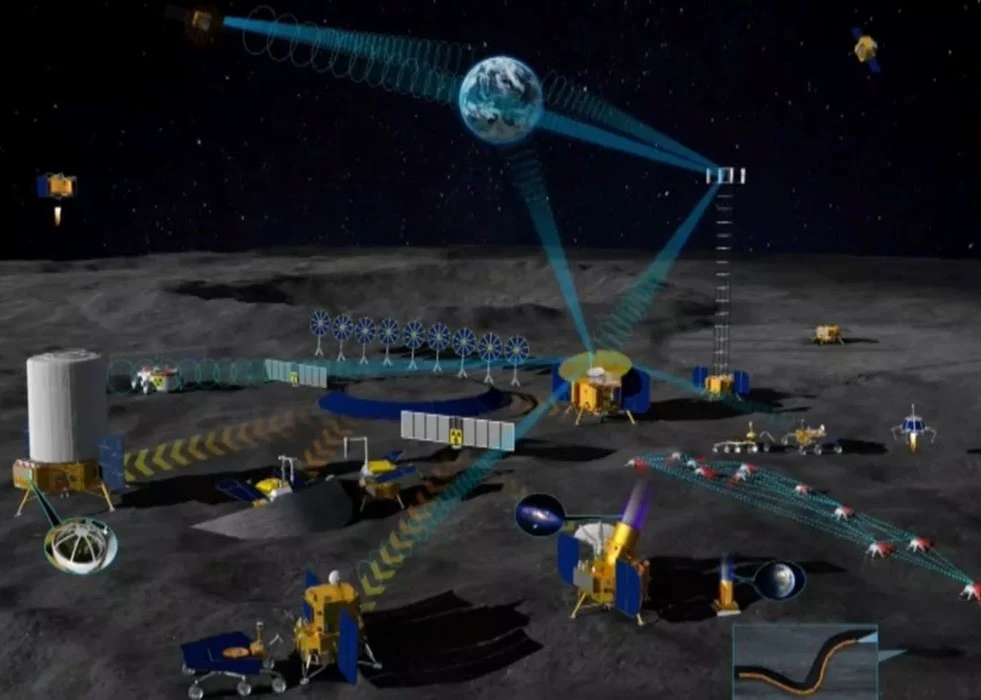U.S. officials are concerned about Russia’s Kosmos 2576 being an Inspector Satellite and having anti-satellite capabilities. A large space launch took place on May 16, 2024, from Russia’s Plesetsk station, with the insertion of nine satellites into heliosynchronous orbit (SSO). Initially, this launch seemed to be a typical IMINT (Imagery Intelligence) mission. However, further investigation uncovered a more intricate and perhaps strategic picture. Russian Deputy Foreign Minister Sergei Ryabkov denies the U.S.’s claims, stating that the assessments of the payload were “lies”. Experts say Kosmos 2576’s orbit will bring it within a few hundred kilometres of the bus-sized USA 314 satellite, equipped with an array of Earth-facing telescopes to gather intelligence. This has provoked concerns within the U.S. government, which suspects that the Russian satellite may be acting as an “inspector” or potentially as an anti-satellite weapon. The Pentagon has expressed considerable concern about this activity. This is not the first time the Russian Federation has launched military missions to approach and analyse U.S. satellites.
Currently, two Russian spacecraft in lower earth orbit are strangely co-planar with an American KH-11 ADVANCED CRYSTAL electro-optical reconnaissance satellite: Kosmos 2558 (2022-089A) co-planar with USA 326 (2022-009A) and Kosmos 2576 (2024-092A) co-planar with USA 314. Kosmos 2558 moves closer to USA 326 by 50 km every seven days.
In August 2022, Kosmos 2558 was put into the orbital plane of the U.S. spy satellite KH-11 USA 326, making near passes every five days.
In late 2019, the Russians launched Kosmos 2542, which launched a second satellite, Kosmos 2543. Both satellites followed a similar course as the National Reconnaissance Office’s USA 245 satellite. Following its departure in 2020, Kosmos 2543 discharged an additional tiny payload at great speed. A few months later, U.S. officials raised alarm about the occurrence, describing it as the launch of a high-speed missile.














